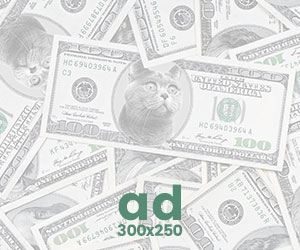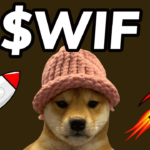In a historic move, the renowned auction house Sotheby’s recently dipped its toes into the world of Bitcoin NFTs, marking its first-ever sale of “inscriptions” using the Bitcoin blockchain’s Ordinals protocol. The spotlight was on a collection called “BitcoinShrooms,” featuring three pixelated images, and the results were nothing short of spectacular. The auction concluded with a whopping $450,000, soaring five times higher than the highest estimates. The fervor around these tradable digital images, often colloquially referred to as “NFTs on Bitcoin,” hints at a potential mainstream embrace of this unique intersection of art and blockchain technology.
The auction, held on a Wednesday, showcased three distinct images from the BitcoinShrooms collection. Among them, a pixelated avocado stole the show by fetching over $100,000, while a design reminiscent of a Super Mario mushroom soared to a staggering $240,000. The three lots collectively received 148 bids, with a noteworthy two-thirds of bidders being newcomers to the Sotheby’s auction platform. As the digital art world continues to evolve, these remarkable results prompt anticipation for more similar events, with Sotheby’s hinting at “plans for more soon.”


The echoes of past digital-asset market manias, particularly the NFT craze that unfolded a couple of years ago, reverberate in this recent Sotheby’s auction. During the initial surge of interest in digital artwork and NFTs, eye-popping sums were being exchanged, drawing widespread attention. Notably, an NFT by the artist Beeple raked in a staggering $69 million at Christie’s auction house. However, many of these early NFT collections were built on the Ethereum blockchain.
In contrast, the Ordinals inscriptions showcased in Sotheby’s auction operate on the Bitcoin blockchain, demonstrating the adaptability and creative potential of this pioneering technology. The Ordinals project, introduced late last year with technology spearheaded by Casey Rodarmor, has gained popularity this year, leading to network congestion and heightened fees. Originally conceived as a peer-to-peer payments network in 2009, Bitcoin has seen its utility expand beyond traditional transactions, opening up debates among users and developers.
One of the ongoing debates centers around the inclusion of transactions related to NFT-like “inscriptions” minted using the Ordinals project. Some argue that these transactions do not align with the core financial use envisioned by Bitcoin advocates. However, the recent success of BitcoinShrooms at Sotheby’s, coupled with the notion that these digital images could be considered high art, introduces an interesting twist to the debate. Profit interests may sway the discourse, potentially shifting perspectives on the role of NFT-like inscriptions within the Bitcoin ecosystem.
The three digital images presented in the auction belong to the BitcoinShrooms collection of Ordinals inscriptions, created by the pseudonymous artist Shroomtoshi. The standout piece, “BIP39 SEED,” initially estimated to draw $20,000 to $30,000, defied expectations by ultimately selling for an impressive $101,600. This unexpected surge in value reflects the growing appetite for unique and creative expressions in the digital art space, particularly when intertwined with the secure and transparent nature of blockchain technology.
Sotheby’s foray into Bitcoin NFTs marks a significant milestone, underscoring the evolving landscape of art, technology, and blockchain. The success of the BitcoinShrooms auction suggests that the intersection of traditional auction houses and innovative blockchain solutions is a space ripe for exploration. As the art world continues to embrace digital expressions and NFTs, we may witness more groundbreaking events that redefine how we perceive, value, and trade art in the digital age. Sotheby’s, with its venture into Bitcoin NFTs, has certainly planted a mushroom seed of creativity that could sprout into a flourishing trend in the world of digital art auctions.




